The tale of Rapunzel and her secluded tower is one of the most enduring stories in fairy tale history. For centuries, the image of a long-haired maiden trapped in a high tower has captured imaginations, symbolizing isolation, longing, and eventual liberation. The story’s origins trace back to various European folktales, with the most famous version penned by the Brothers Grimm in the early 19th century. Yet, the themes embedded within the narrative—freedom, captivity, and the power of love—remain strikingly relevant today.
The Symbolism of the Tower
Rapunzel’s tower is more than just a physical structure; it is a potent symbol of confinement and protection. Built to isolate her from the world, the tower represents both a prison and a sanctuary. The absence of doors or stairs emphasizes her complete dependence on the enchantress who holds her captive. Yet, the tower also serves as a shield, keeping Rapunzel safe from external dangers—at least until the outside world inevitably intrudes in the form of a curious prince.
The tower’s height is significant as well. It looms over the landscape, an imposing structure that suggests both grandeur and inaccessibility. In many ways, it mirrors the psychological barriers people erect around themselves—whether out of fear, trauma, or societal expectations. Rapunzel’s eventual escape is not just a physical descent but a metaphorical breaking free from these self-imposed or externally enforced limitations.
The Power of Hair: A Metaphor for Connection
Rapunzel’s golden, magically elongated hair is the story’s most iconic element. Functioning as both a lifeline and a tether, her hair embodies duality—it is the means of her captivity and the instrument of her rescue. The enchantress uses it to climb into the tower, reinforcing Rapunzel’s subjugation, while the prince later uses it to reach her, symbolizing hope and liberation.
Hair, in many cultures, represents strength, identity, and even mystical power. In Rapunzel’s case, it becomes a literal connection between her and the outside world. When the enchantress cuts it off, she severs that link, leaving Rapunzel stranded in the wilderness. Yet, even then, Rapunzel’s resilience shines through. Her hair, though shorn, grows back—hinting at renewal and the unbreakable nature of her spirit.
The Enchantress and the Prince: Opposing Forces
The enchantress, often named Mother Gothel in modern adaptations, is a complex antagonist. She is not a mere villain but a figure driven by possessiveness and fear of abandonment. Her actions, though cruel, stem from a twisted form of love—or at least, the illusion of it. She hoards Rapunzel like a treasure, refusing to acknowledge her as an independent being with desires of her own.
In contrast, the prince represents the outside world’s allure and the promise of autonomy. His arrival disrupts the tower’s stifling routine, introducing Rapunzel to emotions and experiences she has never known. However, their relationship is not without its complications. The prince’s initial fascination is superficial, fixated on her beauty and voice. It is only through trials—his blinding, her exile—that their bond deepens into something more meaningful.
Modern Interpretations and Adaptations
Rapunzel’s story has been retold countless times, each version reflecting the values and concerns of its era. Disney’s Tangled (2010) reimagines her as an active heroine, wielding a frying pan with comedic precision and yearning for adventure. This Rapunzel is not just a passive victim but a young woman eager to explore the world beyond her tower. The film softens the original tale’s darker edges while retaining its core themes of self-discovery and defiance.
Other adaptations delve into the psychological ramifications of Rapunzel’s isolation. Some portray her as suffering from Stockholm syndrome, emotionally dependent on her captor. Others explore the enchantress’s motives with greater nuance, presenting her as a tragic figure rather than a straightforward villain. These variations highlight the story’s flexibility, proving its ability to resonate across different contexts.
The Legacy of the Tower
Rapunzel’s tower endures as a cultural touchstone, inspiring art, literature, and even psychological discourse. It serves as a metaphor for the barriers people face—whether physical, emotional, or societal. The act of "letting down one’s hair" has entered the lexicon as a symbol of vulnerability and trust.
Ultimately, the story of Rapunzel is one of hope. No matter how high the tower or how tightly guarded the door, liberation is possible. It is a reminder that even in the darkest confines, the human spirit yearns for connection, growth, and the light of a new dawn.

By Eric Ward/Apr 29, 2025
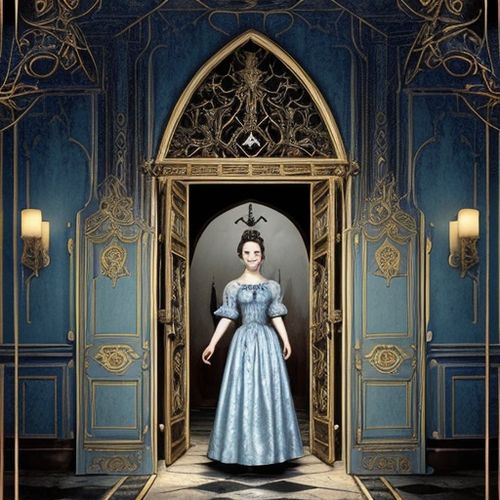
By James Moore/Apr 29, 2025
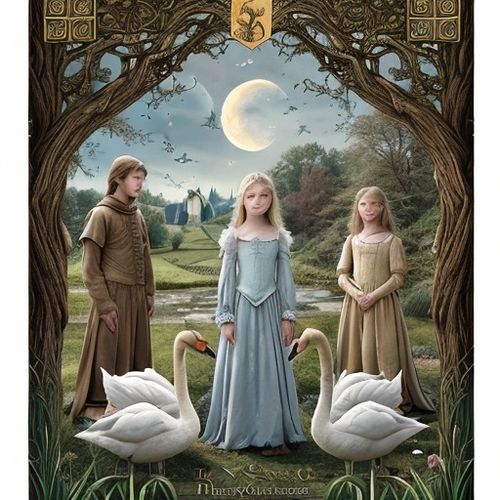
By David Anderson/Apr 29, 2025

By James Moore/Apr 29, 2025

By Lily Simpson/Apr 29, 2025

By David Anderson/Apr 29, 2025

By Christopher Harris/Apr 29, 2025

By Noah Bell/Apr 29, 2025

By Thomas Roberts/Apr 29, 2025
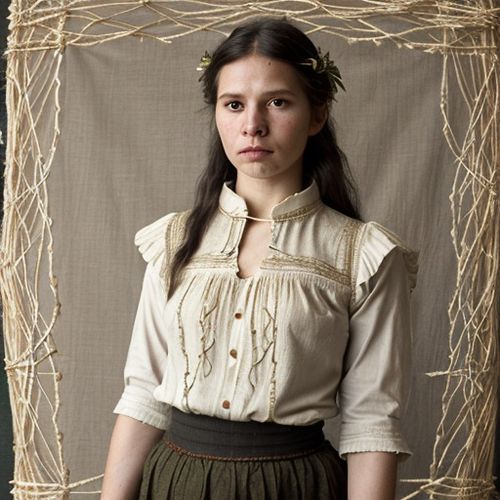
By Olivia Reed/Apr 29, 2025
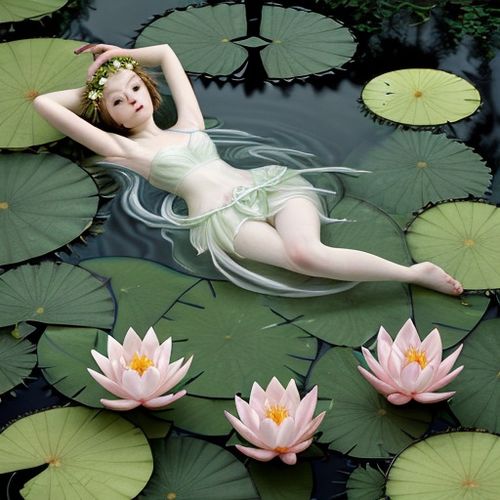
By Victoria Gonzalez/Apr 29, 2025
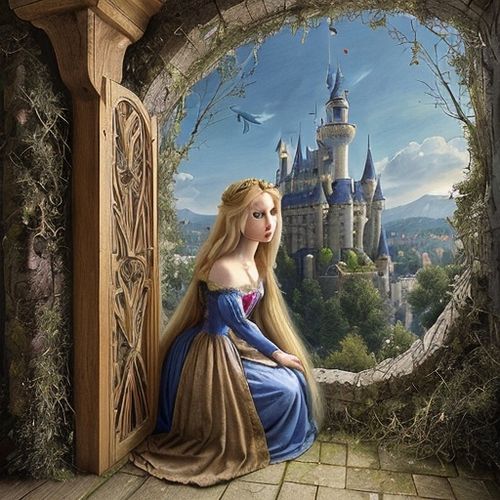
By Natalie Campbell/Apr 29, 2025

By Noah Bell/Apr 29, 2025

By Sarah Davis/Apr 29, 2025
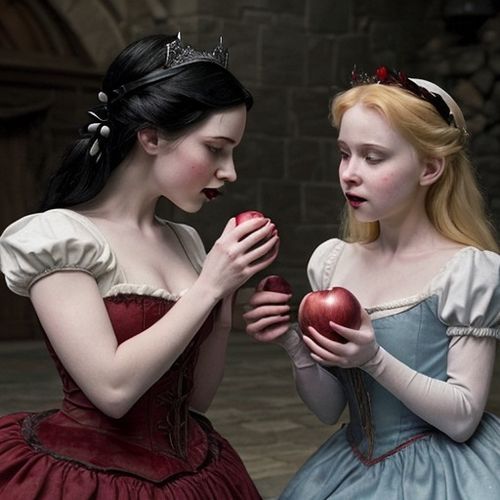
By John Smith/Apr 29, 2025
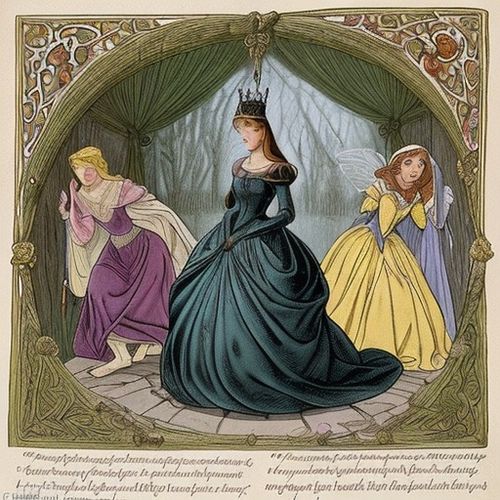
By Laura Wilson/Apr 29, 2025
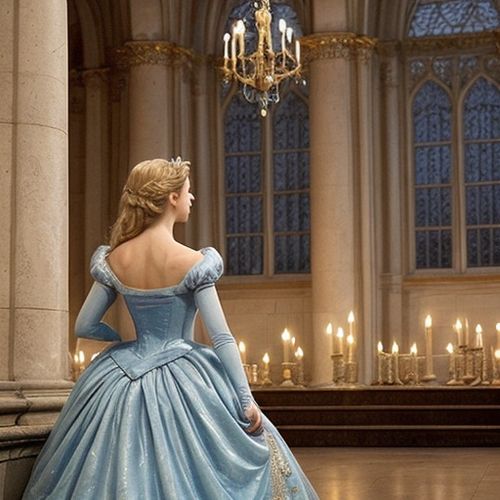
By Eric Ward/Apr 29, 2025

By Rebecca Stewart/Apr 29, 2025

By Emily Johnson/Apr 29, 2025